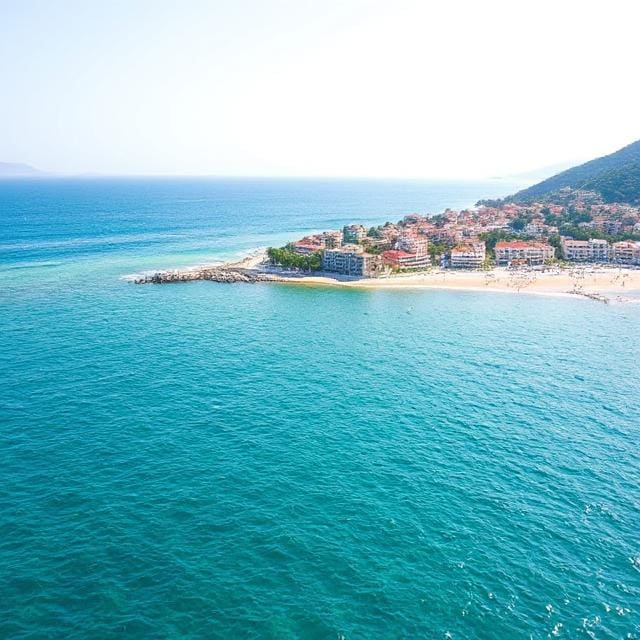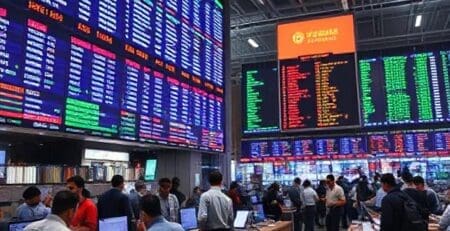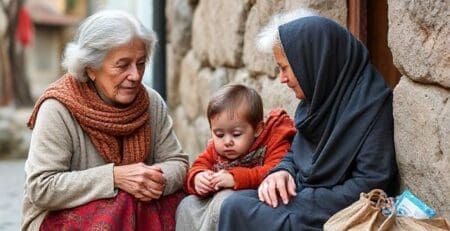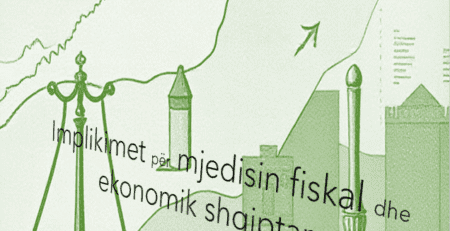Tourism in Albania in 2021–2025 with impressive growth, but with deep challenges for sustainability and local inclusion
Over the past five years, data on tourist overnight stays show a positive and dynamic outlook for tourism in Albania, reflecting a rapid recovery and resilience in the development of this key sector for the domestic economy. After the challenging year of 2020, driven by the global pandemic, 2021 and 2022 recorded a significant rebound in demand, mainly from non-resident tourists, who gradually returned, opening a new chapter for the tourism industry.
During 2023 and 2024, the Albanian tourism offer consolidated its position by expanding the range and quality of domestic services and strengthening connections and promotion in foreign markets. This period was characterized by structural growth that peaked in summer 2024 with new records in visitation and tourist activity, setting high standards for future seasons.
Nevertheless, even in 2025, despite data limitations covering only the first nine months, tourism has maintained and even reinforced this high level of resilience, positioning Albania as an attractive and competitive destination in the Balkan region.
Over the past five years, tourism in Albania has experienced steady and dynamic growth, reflecting post-pandemic recovery and consolidation of the tourism offer beyond the traditional summer season. January, as the symbolic month of the low winter season, recorded an extraordinary increase of over 317% in overnight stays, marking a diversification of the offer towards mountain, urban, and cultural tourism, as well as an increase in foreign tourism, which now accounts for 61% of the market during this period.
At the start of the high season, in June, there is a strong international influx, with a peak in 2023 following the post-pandemic reopening, while 2024 showed a decline due to congestion and limited accommodation capacities. However, in 2025 growth returns with an increased focus on non-resident tourists, reaching 72%.
The main month of the season, August, remains the backbone of tourism in Albania, with around 1 million overnight stays in 2021, which doubled in 2023. Levels in 2024 and 2025 indicate stabilization at high levels, reflecting market maturation, capacity saturation, and positive signs of formalization and economic stability in the tourism sector.
At the year-end, December shows a balance between residents and foreign tourists, highlighting the growing impact of festive tourism, returning emigrants, and cultural events that promote year-round tourism. The doubling of overnight stays in December 2024 reflects the positive effects of these policies.
However, this growth has not yet been fully reflected in the formal economy and tourism administration. A significant portion of activity remains informal, limiting its real impact on fiscal revenues and institutional development. This challenge requires a deeper approach to formalization and strengthening of management and fiscal capacities.
From this perspective, the sector has extraordinary potential and a strong foundation for sustainable development but requires more coordinated policies and administrative investments to translate this tourism boom into tangible benefits for the Albanian economy and society.
This balance between positive growth and challenges guides the path for further development of tourism in Albania, emphasizing the need for a comprehensive and year-round approach to the sector.
Horizontal analysis across years (average January–December)
| Year | Total Overnight Stays (mln) | Residents (%) | Non-Residents (%) | Annual Growth |
|---|---|---|---|---|
| 2021 | ~3.3 mln | 45% | 55% | — |
| 2022 | ~4.7 mln | 40% | 60% | +42% |
| 2023 | ~7.0 mln | 36% | 64% | +49% |
| 2024 | ~9.0 mln | 33% | 67% | +28% |
| 2025 (9M) | ~7.2 mln (extrapolated 10M→9M) | 30% | 70% | +8–10% projection |
Horizontal analysis of tourist overnight stays in Albania for the period 2021–2025 shows an impressive trend, with total overnight stays increasing by around 170%, from 3.3 million in 2021 to about 9 million in 2024. This development represents a significant turnaround after the difficulties of the pandemic period and a consolidation of the national tourism offer.
One of the most notable changes is the increase in the share of non-resident tourists, which grew from 55% of the total in 2021 to 70% in 2025 (including the 9-month projection). This indicates not only expansion of the international market but also rising attractiveness of Albania as a tourist destination.
Local residents remain a key pillar of sector stability, although their share of the total has decreased relatively, reflecting the diversification and expansion of tourist demand beyond national borders.
Seasonally, growth is particularly notable in quieter periods such as winter and spring, indicating progress in developing year-round tourism, with offerings extending beyond the traditional summer season.
However, this strong and sustained growth has not been accompanied by equivalent development in administration and formalization of the sector. A significant portion of activity still relies on the informal economy, which limits full fiscal benefits and sustainable institutionalization of tourism.
Furthermore, this phenomenon highlights the need for stricter fiscal policies, improvement of infrastructure, and management capacities to fully leverage the potential offered by this volume growth.
In summary, horizontal trends in Albanian tourism are promising and suggest a rapidly developing sector with high potential. However, challenges in administration and formalization must be addressed to ensure that this boom translates into real and sustainable benefits for the national economy and local communities.
This balance between growing demand and the need to strengthen administration is key to sustainable and comprehensive development of the tourism sector in the coming years.
The Albanian tourism sector during 2021–2025 has seen extraordinary growth in both tourists and overnight stays, rising from 3.3 million overnight stays in 2021 to about 9 million in 2024, with a continuously increasing share of non-resident tourists now reaching around 70%. This reflects the success of policies to expand and diversify the tourism offer, which now includes mountain, cultural, and urban tourism beyond the traditional summer season.
However, beyond these impressive numbers, the real benefits for Albanian citizens remain partially unfulfilled and often do not correspond to the sector’s full potential. Seasonal overcrowding, particularly in August, has reached levels that risk service quality and the natural environment, representing a serious challenge for sustainable development. This indicates a lack of strategic distribution of tourist flows across the territory and the need for strong policies promoting year-round tourism and alternative destinations.
Although there is gradual improvement in formalization and digital reporting of stays, many tourism activities remain informal, hindering fiscal benefits and the development of institutional management capacities. Accommodation infrastructure and services remain, in some cases, unprepared for the demands of modern and sustainable tourism, while lack of investment and professionalization of human resources remains a key barrier.
From a citizen perspective, this means that economic benefits from tourism often fail to reach local communities fairly, where many face pressures related to waste management, traffic, and environmental impact. This situation requires serious reflection and a strategic pivot from current policies, moving from a focus solely on volumetric growth to quality, sustainability, and direct inclusion of communities and citizens in the benefits.
In conclusion, Albanian tourism is undergoing a transformative phase with significant results. However, if gaps in management, strategic investment, and equitable distribution of benefits continue to be unaddressed, these figures remain merely positive statistics on paper, without a profound impact on improving the daily lives of Albanian citizens and ensuring long-term sustainable development for this strategic sector.
This is key for future generations, so that tourism in Albania becomes not just a story of statistical success, but a shared story of real economic and social development for all.




Leave a Reply
You must be logged in to post a comment.